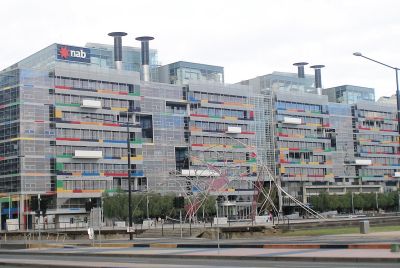RBA All Set To Cut Interest Rate; Relies On APRA To Regulate Lending Banks

Reserve Bank Australia is set to officially slash the interest rate on Tuesday to 2 percent and mortgage rates to 4.55 percent. RBA Governor Glenn Stevens announced on Friday, May 1 that unless the RBA will cut down the rate, financial markets will cease believing the RBA is willing to cut the rate and push higher the dollar.
Earlier in April, the RBA governor expressed concerns over the swift rising of real estate properties in Sydney and Melbourne, while business investments continue to be weak and the commodity prices — which are already lower — are thwarting growth. Although RBA has reservations that making another clip on the interest rates will boost the economy, the governor said the RBA should try.
The anticipated 0.25 percent cut would result in lowering the monthly fee of mortgage services by AUD 48. At the present, the interest rate is 2.25 percent and the monthly mortgage service fee is AUD 300,000.
Balancing Act
The RBA remains confident despite concerns of having “cut-down” effects on prices on Sydney houses. The governor said it can rely on Australian Prudential Regulation Authority (APRA), RBA’s sister regulator, in ensuring banks will not trim lending standards to attract more businesses following the cut. The APRA is in control of macro-prudential tools used in governing bank lending to preclude “build-up in systemic bank risk. RBA has faith such controls are efficient in easing prices.
According to Australia Bureau of Statistics, Australia recorded an increase in dwelling approvals by 1.8 percent, specifically in apartment. To date, 19,333 apartment constructions have been approved.
In flats, townhouses and units, an increment by 3.6 percent was recorded with 9605 approvals. Approved semi-detached and detached houses reached 9489 with 0.2 percent augmentation.
Notwithstanding the hasty growth in Brisbane, Sydney still has the high density with 60 percent of demand accounted for units and townhouses, according to a research initiated by SGS Economics & Planning.
Craig James, chief of commonwealth services, observed there were more approvals in building new apartments than in free-standing houses. In addition, in every four dwellings approved, one is for a block for apartments with four or more levels.
“Australian society is fundamentally changing in ways that have major implications for business and government planning,” said James.
For comments or feedback on the article, contact the writer at kizmet@ymail.com.





















